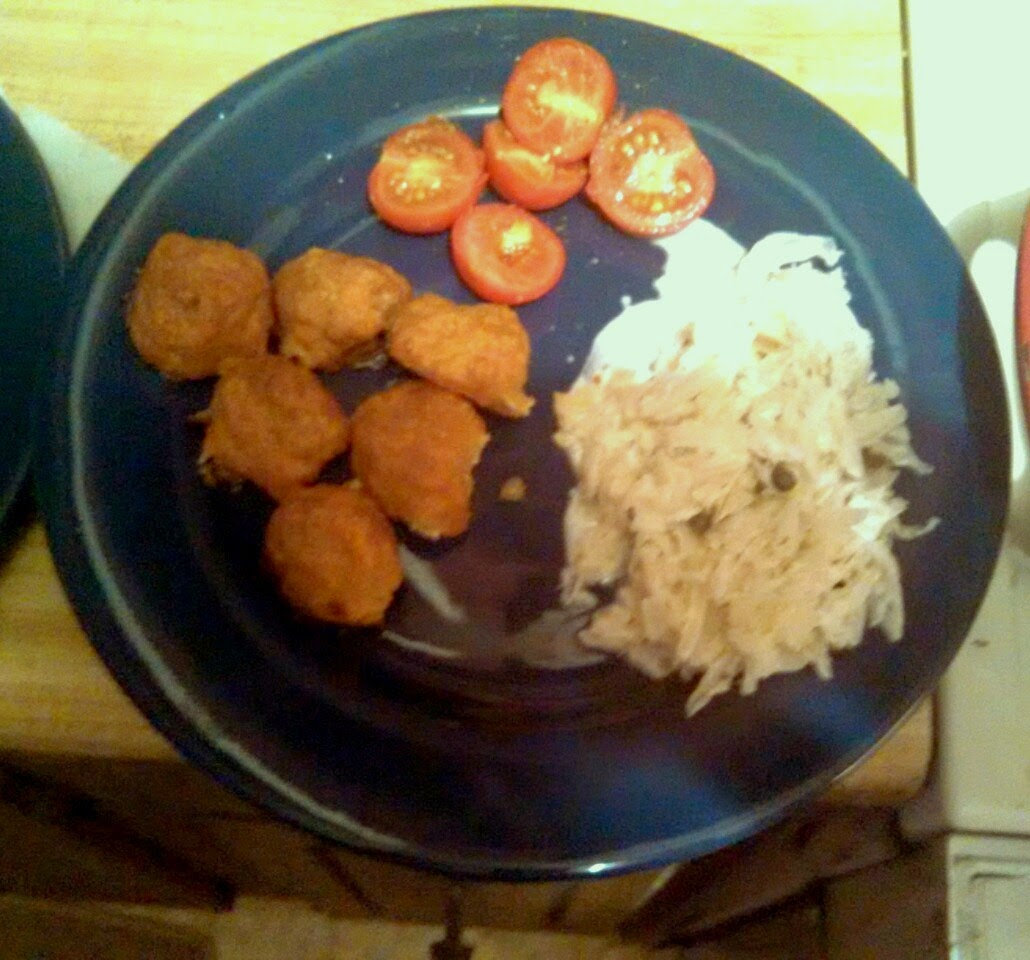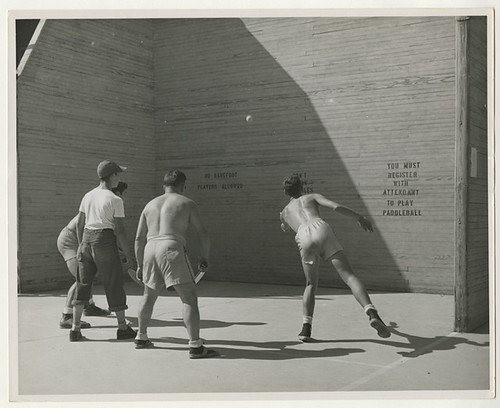I am so disgusted, I can't even be jaunty.
I know we need to take accountability for our actions in life. And yes, it shows the "body" in question avoiding too much exercise and eating a lot of cake. Mmmm...cake.
And yet for all this lack of moving and hidden stash binge eating (that was a trigger for me) and endless huge meals, it was this guy's mother's fault for enabling this lifestyle! The shame! Fast food and juice for infants! You ruined your baby, mommy!
Look, my mom forced me to eat home-made granola and foods from The Vegetarian Epicure and Recipes for Small Planet. In other words, healthy, hippie food. And I still ended up with binging on hidden candy stashes, giving up on exercise, and tipping the scale at 300 lbs. in my 30s.
Giving your kid french fries isn't the sole reason he dies of a heart attack.
In fact, studies show that parents trying to set more stringent dietary rules on their kids end up with more eating disorders AND obesity issues.
Then again, you can blame it on television. Or the school system. Or anyone else who you need to place shame upon.
In other words, its a rich tapestry of reasons as to why we might be obese and suffer from health issues because of it. And by shaming both the obese person and their parents..you might as well be blaming them for the economy, too. It doesn't help. In fact, I can only imagine it will make it worse, because you're making the situation worse. You're not asking or helping people take accountability. You're just abusing them for having birthday cake.
Mmmm...cake.
Which reminds me of THIS video, which is meant as a joke, but I think covers what the ad is trying to convey in a much better fashion and far more truthfully:
The answer is try to be healthy. Work on it and own it. I can certainly blame my parents for a ton of things, but my current weight and health are my responsibility alone.
Carter R. “The Impact of Public Schools on Childhood Obesity.” JAMA 288, no. 17 (November 6, 2002): 2180–2180. doi:10.1001/jama.288.17.2180-JMS1106-6-1.
Clark, H. R., E. Goyder, P. Bissell, L. Blank, and J. Peters. “How Do Parents’ Child-Feeding Behaviours Influence Child Weight? Implications for Childhood Obesity Policy.” Journal of Public Health 29, no. 2 (June 1, 2007): 132–41. doi:10.1093/pubmed/fdm012.
Flores, Aaron. “Balance Variety and Moderation RDN: Childhood Obesity PSA - The Completely Wrong Message.” Balance Variety and Moderation RDN, August 14, 2014. http://bvmrd.blogspot.com/2014/08/childhood-obesity-psa-completely-wrong.html.
Klesges, Robert C., Mary L. Shelton, and Lisa M. Klesges. “Effects of Television on Metabolic Rate: Potential Implications For Childhood Obesity.” Pediatrics 91, no. 2 (February 1, 1993): 281–86.
Robinson, Thomas N., Michaela Kiernan, Donna M. Matheson, and K. Farish Haydel. “Is Parental Control over Children’s Eating Associated with Childhood Obesity? Results from a Population-Based Sample of Third Graders.” Obesity Research 9, no. 5 (May 1, 2001): 306–12. doi:10.1038/oby.2001.38.




